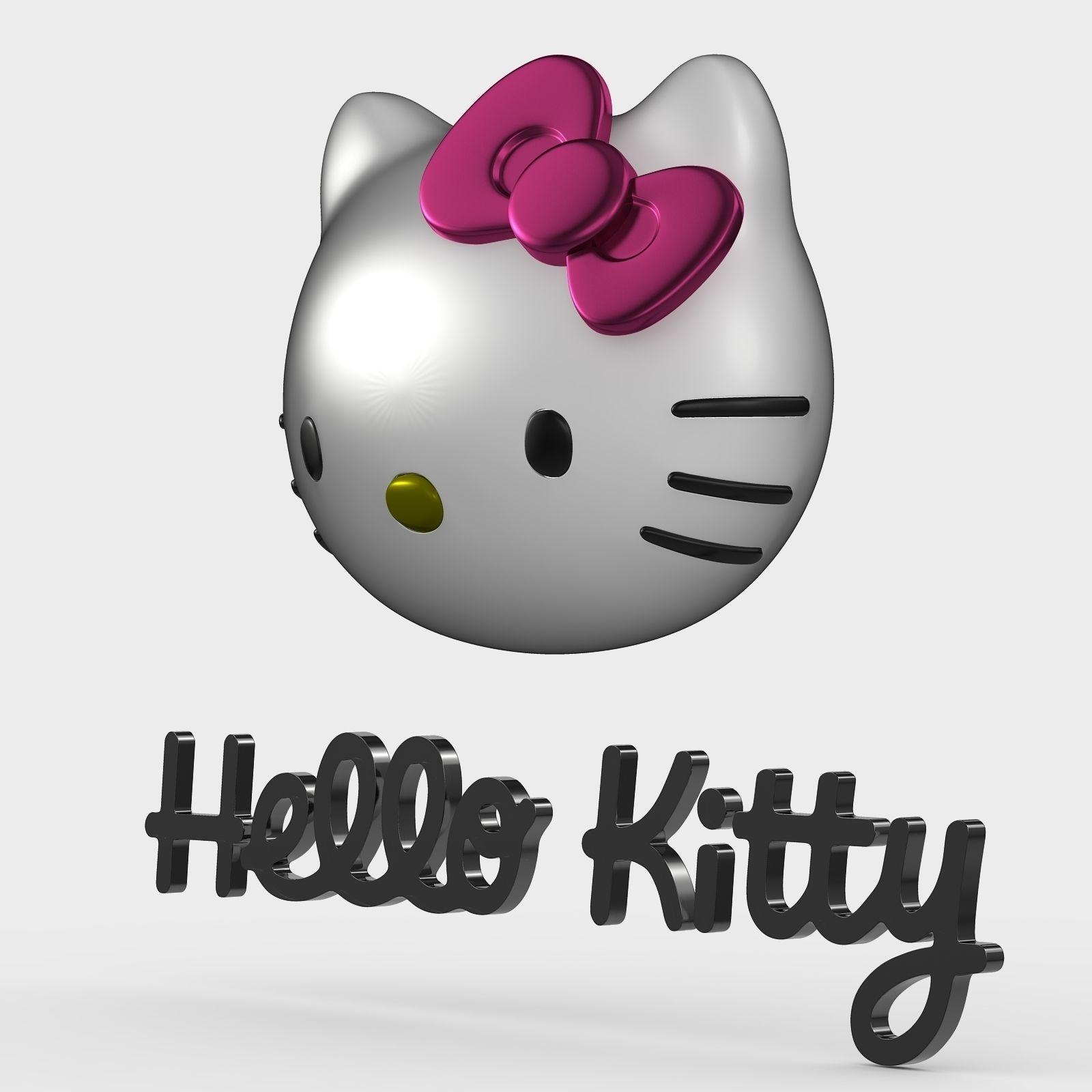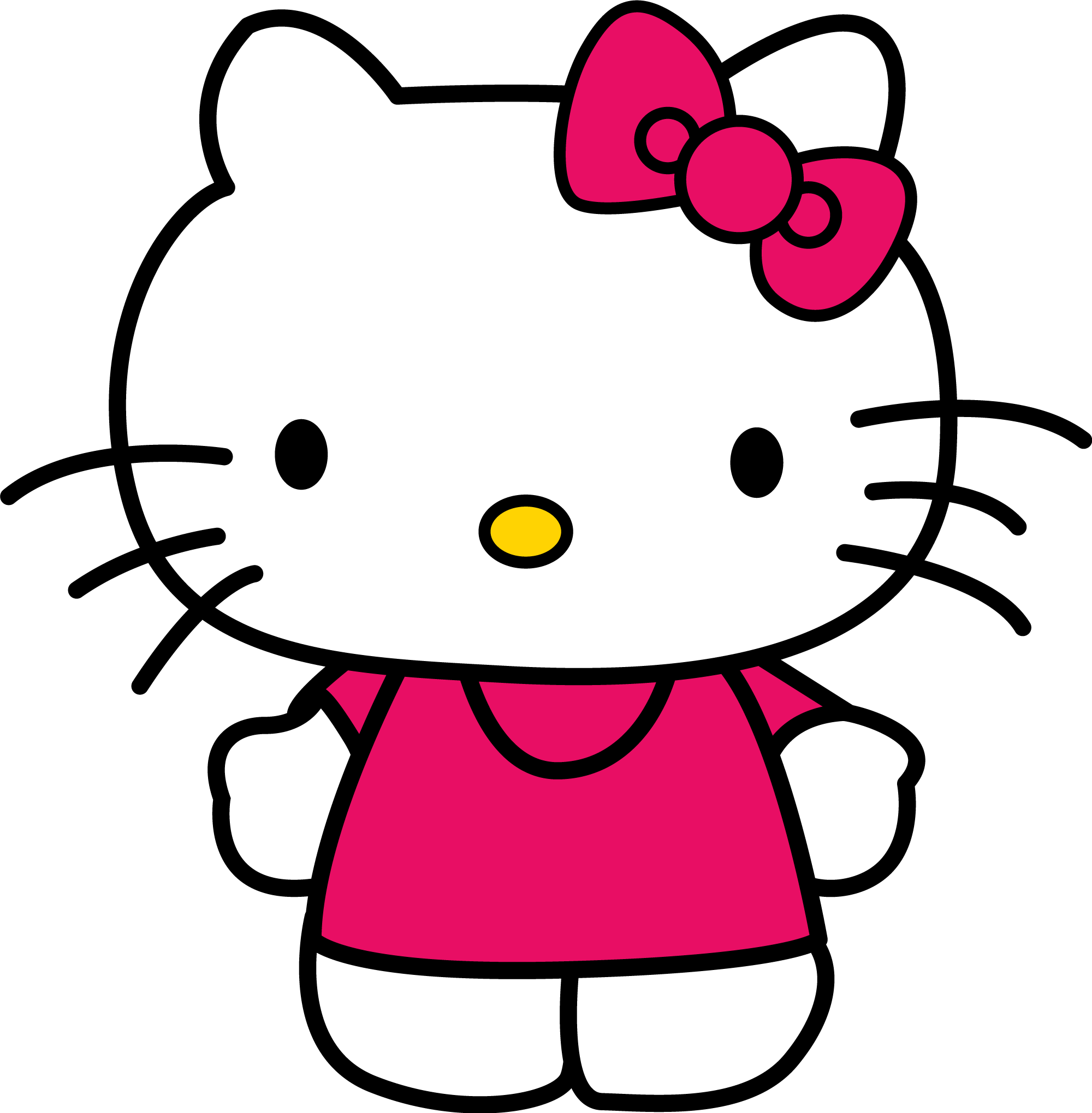Since her debut in 1974, Hello Kitty has become a global phenomenon, captivating hearts across generations and cultures. This adorable white cat with no mouth has evolved from a simple character into a multi-billion-dollar empire. But how exactly was Hello Kitty created? Her journey is as enchanting as the character herself, and this article will delve into every detail of her origin story.
Hello Kitty is more than just a character; she represents a cultural icon that has transcended borders and languages. From her humble beginnings in Japan to becoming a worldwide sensation, Hello Kitty's story is one of creativity, innovation, and resilience.
In this article, we will explore the intricate details of how Hello Kitty was created, the people behind her creation, and the cultural impact she has had on the world. Whether you're a fan of Hello Kitty or simply curious about her origins, this article will provide you with all the information you need.
Read also:Happy Thanksgiving Images 2023 Celebrate The Season Of Gratitude With Stunning Visuals
Table of Contents
- Hello Kitty's Biography
- The Creation Story
- Design Features That Define Hello Kitty
- The Early Years of Hello Kitty
- Global Expansion and Popularity
- Cultural Impact and Influence
- Hello Kitty's Product Line
- Marketing Strategies Behind Hello Kitty's Success
- Controversies Surrounding Hello Kitty
- Future Plans and Innovations
Hello Kitty's Biography
Background Information
Hello Kitty, officially known as Kitty White, was born on November 1, 1974, in London, England. She is the fictional younger sister of Mimmy, another Sanrio character. Below is a table summarizing her personal details:
| Full Name | Kitty White |
|---|---|
| Place of Birth | London, England |
| Age | 5 years old (perpetually) |
| Hobbies | Baking cookies, traveling, and making new friends |
| Favorite Food | Apple pie |
The Creation Story
The idea for Hello Kitty was born in the early 1970s when Sanrio, a Japanese company specializing in character goods, wanted to create a character that would appeal to the growing demand for cute and playful designs. The inspiration for Hello Kitty came from a combination of cultural trends and market research.
Shintaro Tsuji, the founder of Sanrio, envisioned a character that would embody the concept of "cute" while also being relatable and approachable. The design team, led by artist Yuko Yamaguchi, spent months refining the character until they arrived at the iconic image we know today.
Key Influences in Hello Kitty's Design
- British Culture: The decision to make Hello Kitty British was influenced by the popularity of British goods in Japan during the 1970s.
- Cat Motif: Cats were already popular in Japanese culture, making them a natural choice for the character.
- Simplicity: The minimalist design of Hello Kitty, with her round face and simple features, was intended to make her universally appealing.
Design Features That Define Hello Kitty
Hello Kitty's design is characterized by several distinctive features that have contributed to her enduring popularity:
- No Mouth: One of the most notable aspects of Hello Kitty's design is her lack of a mouth. This was intentional, as it allows people from different cultures to project their own emotions onto her.
- Round Face: Her perfectly round face gives her a soft and approachable appearance.
- Red Bow: The red bow on her left ear is her trademark accessory, symbolizing elegance and femininity.
The Early Years of Hello Kitty
When Hello Kitty first debuted in 1974, she appeared on a vinyl coin purse. The response was overwhelmingly positive, and Sanrio quickly expanded her product line to include other accessories and stationery items.
During the late 1970s and early 1980s, Hello Kitty's popularity grew steadily, particularly among young girls in Japan. Her appeal soon spread to other parts of Asia, laying the groundwork for her global success.
Read also:Does Rod Wave Have A Wife Exploring The Life And Relationships Of The Rising Star
Global Expansion and Popularity
By the 1990s, Hello Kitty had become a household name worldwide. Her success can be attributed to several factors:
- Collaborations: Sanrio partnered with numerous brands to create co-branded products, further expanding Hello Kitty's reach.
- Diverse Product Range: From clothing to electronics, Hello Kitty's products catered to a wide range of interests and demographics.
- Cultural Adaptability: Hello Kitty's design and marketing strategies were tailored to suit the preferences of different cultures, ensuring her universal appeal.
Cultural Impact and Influence
Hello Kitty's influence extends beyond the world of merchandise. She has become a symbol of kawaii culture, representing the values of cuteness, kindness, and positivity. Her impact can be seen in various fields, including fashion, art, and even politics.
Artistic Inspiration
Many artists have drawn inspiration from Hello Kitty, incorporating her image into their works. This has led to a rich tradition of fan art and collaborations, further cementing her place in pop culture.
Hello Kitty's Product Line
Sanrio's product line featuring Hello Kitty is vast and diverse, catering to a wide range of interests and age groups. Some of the most popular categories include:
- Apparel: Clothing items such as t-shirts, dresses, and accessories.
- Stationery: Notebooks, pens, and other school supplies.
- Home Decor: Bedding, cushions, and other decorative items.
Marketing Strategies Behind Hello Kitty's Success
Sanrio's marketing strategies have played a crucial role in Hello Kitty's global success. Key tactics include:
- Licensing Agreements: Partnering with major brands to create co-branded products.
- Event Sponsorships: Participating in events and exhibitions to increase brand visibility.
- Social Media Engagement: Utilizing platforms like Instagram and Twitter to connect with fans worldwide.
Controversies Surrounding Hello Kitty
Despite her widespread popularity, Hello Kitty has not been without controversy. Some critics have accused Sanrio of cultural appropriation, while others have questioned the ethics of marketing to children. However, Sanrio has consistently addressed these concerns through transparent communication and responsible business practices.
Future Plans and Innovations
Looking ahead, Sanrio plans to continue expanding Hello Kitty's reach through new product lines, collaborations, and digital initiatives. The company is also committed to sustainability, ensuring that its products are environmentally friendly and ethically produced.
Conclusion
From her humble beginnings as a coin purse character to becoming a global icon, Hello Kitty's journey is a testament to the power of creativity and innovation. Her design, marketing strategies, and cultural impact have all contributed to her enduring popularity.
We invite you to share your thoughts on Hello Kitty in the comments below. Do you have a favorite Hello Kitty product or memory? Let us know! And don't forget to explore our other articles for more fascinating insights into the world of pop culture.
Data Source: Sanrio Official Website


